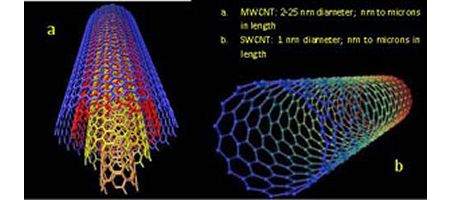Even at low concentrations, carbon nanoparticles in the environment could damage human health, say medical researchers at Indiana University-Purdue University Indianapolis.

Unlike most other similar studies, the new research examined the effects of carbon nanoparticles (CNPs) on living cells at concentrations low enough to mimic the actual exposure of an ordinary individual.
It was roughly equivalent to the amount released by improperly disposing of a computer monitor containing CNPs, living near a CNP producing facility, or working with CNPs.
And the team found that there was a ‘significant and potentially worrisome’ effect from CNPs on the cells that line the renal nephron, a tubular structure inside the kidney that makes urine.
“We found that these minute particles cause leakage in the cellular lining of the renal nephron,” says biology professor Bonnie Blazer-Yost.
“Breaching this biological barrier concerns us because things that should be retained in the forming urine can leak back into the blood stream and things in the blood can leak into the urine. Normal biological substances as well as waste products are dangerous if they go where they are not supposed to be.”
The team says it’s vital to gain a better understanding of how CNPs behave in the human body as they become more common in the air we breathe.
“At this point, we know that CNPs have many beneficial qualities, but also pose potential risks. These particles are so small that when they get into various organs or systems they can bind to many things,” says professor Frank Witzmann.
“We need to further study what they look like in various parts of the body, how they affect protein expression, as well as what they do when they cross a barrier or are excreted.”






